Advancing Spatial Reasoning in Large Language Models: An In-Depth Evaluation and Enhancement Using the StepGame Benchmark
Published in AAAI Technical Track on Natural Language Processing II, 2024
Artificial intelligence (AI) has made remarkable progress across various domains, with large language models like ChatGPT gaining substantial attention for their human-like text-generation capabilities. Despite these achievements, improving spatial reasoning remains a significant challenge for these models. Benchmarks like StepGame evaluate AI spatial reasoning, where ChatGPT has shown unsatisfactory performance. However, the presence of template errors in the benchmark has an impact on the evaluation results. Thus there is potential for ChatGPT to perform better if these template errors are addressed, leading to more accurate assessments of its spatial reasoning capabilities. In this study, we refine the StepGame benchmark, providing a more accurate dataset for model evaluation. We analyze GPT’s spatial reasoning performance on the rectified benchmark, identifying proficiency in mapping natural language text to spatial relations but limitations in multi-hop reasoning. We provide a flawless solution to the benchmark by combining template-to-relation mapping with logic-based reasoning. This combination demonstrates proficiency in performing qualitative reasoning on StepGame without encountering any errors. We then address the limitations of GPT models in spatial reasoning. To improve spatial reasoning, we deploy Chain-of-Thought and Tree-of-thoughts prompting strategies, offering insights into GPT’s cognitive process. Our investigation not only sheds light on model deficiencies but also proposes enhancements, contributing to the advancement of AI with more robust spatial reasoning capabilities.
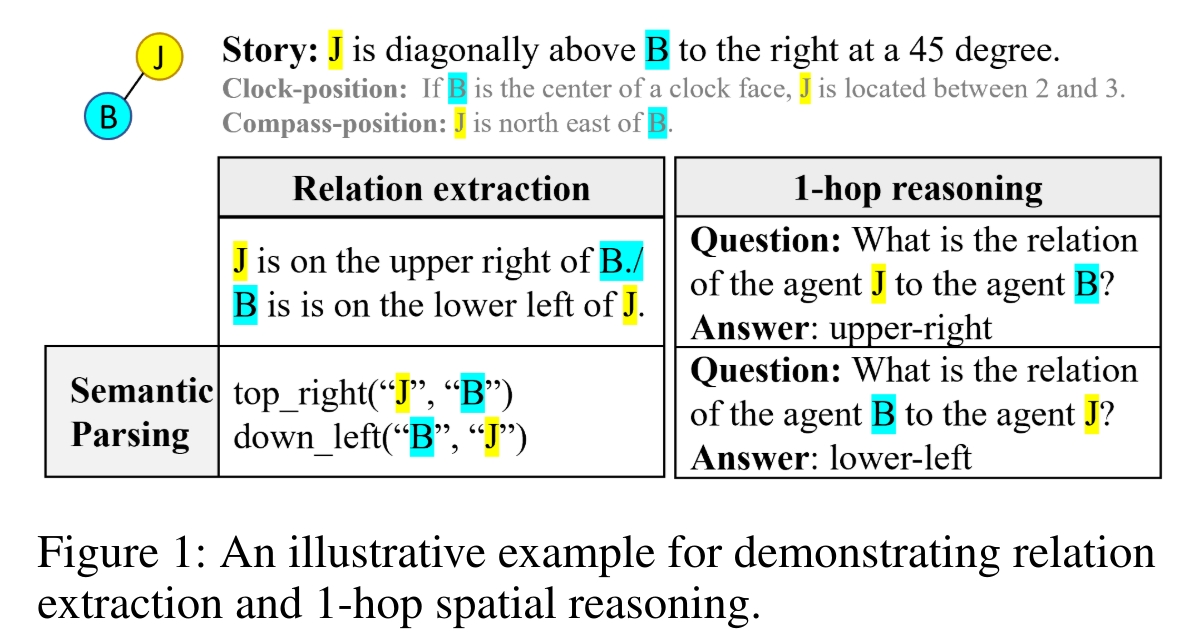
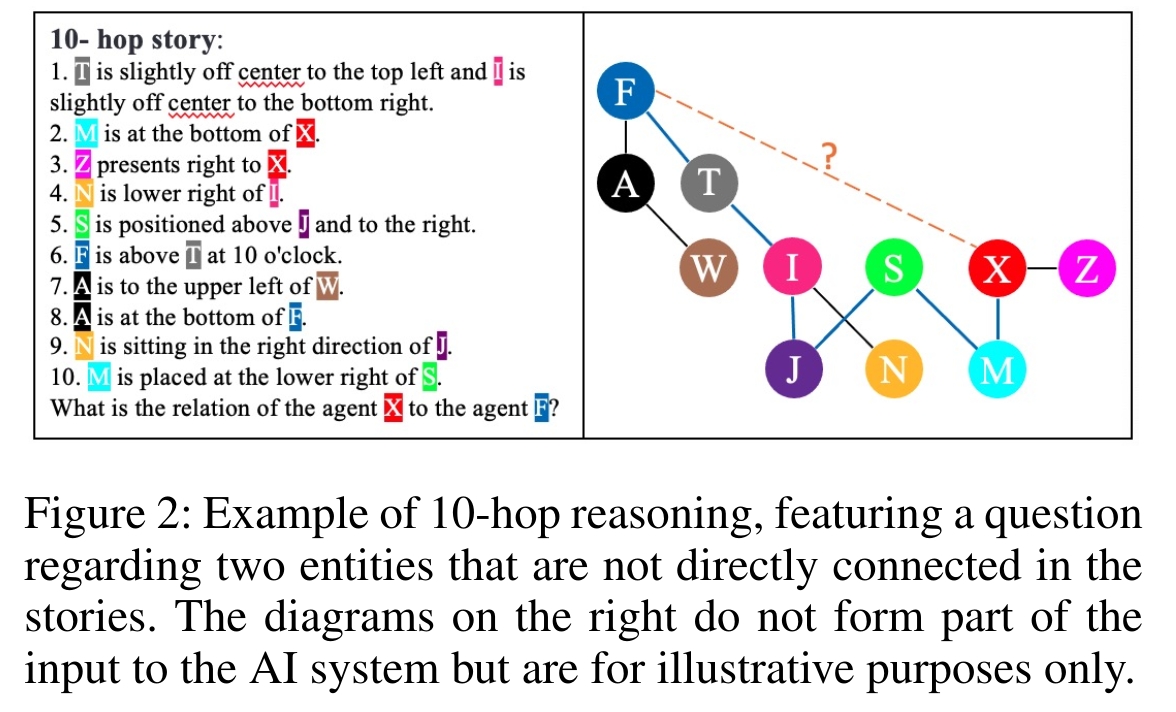
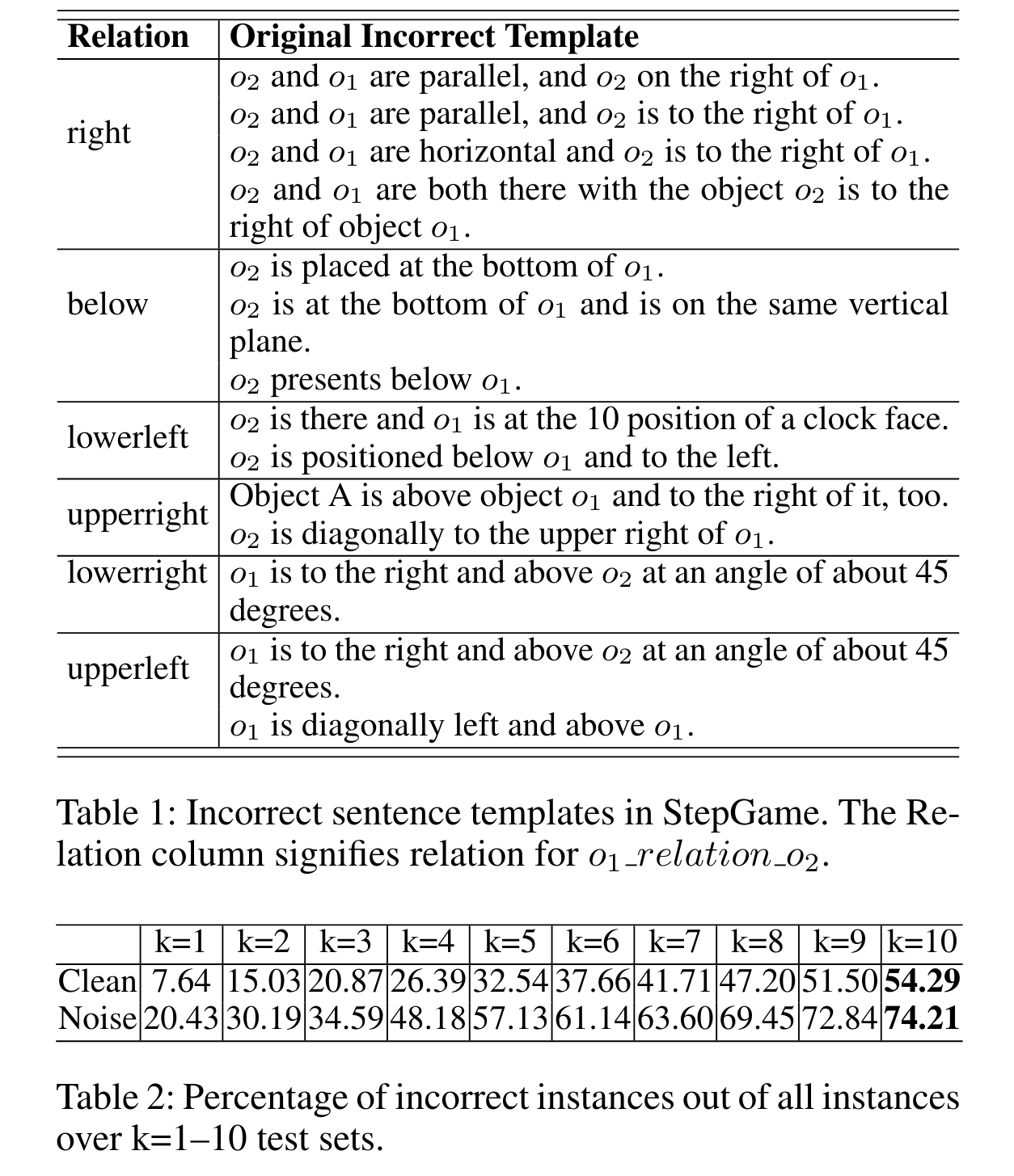
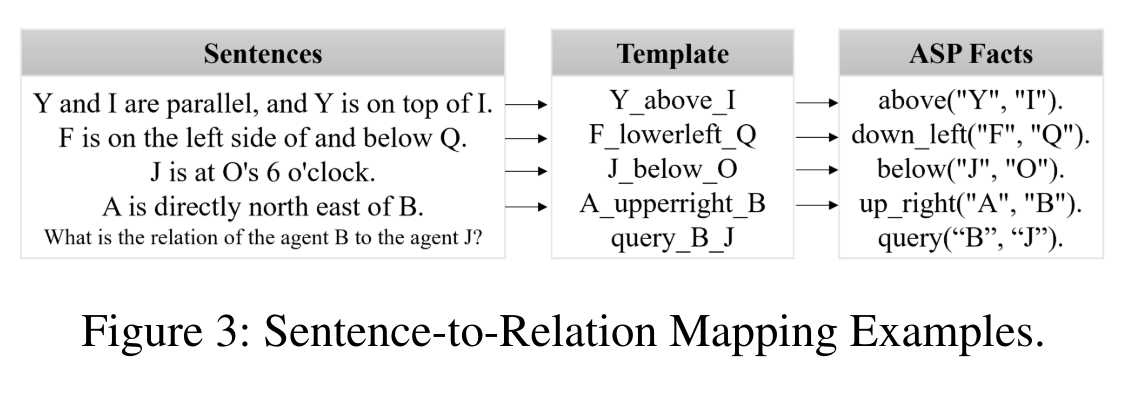
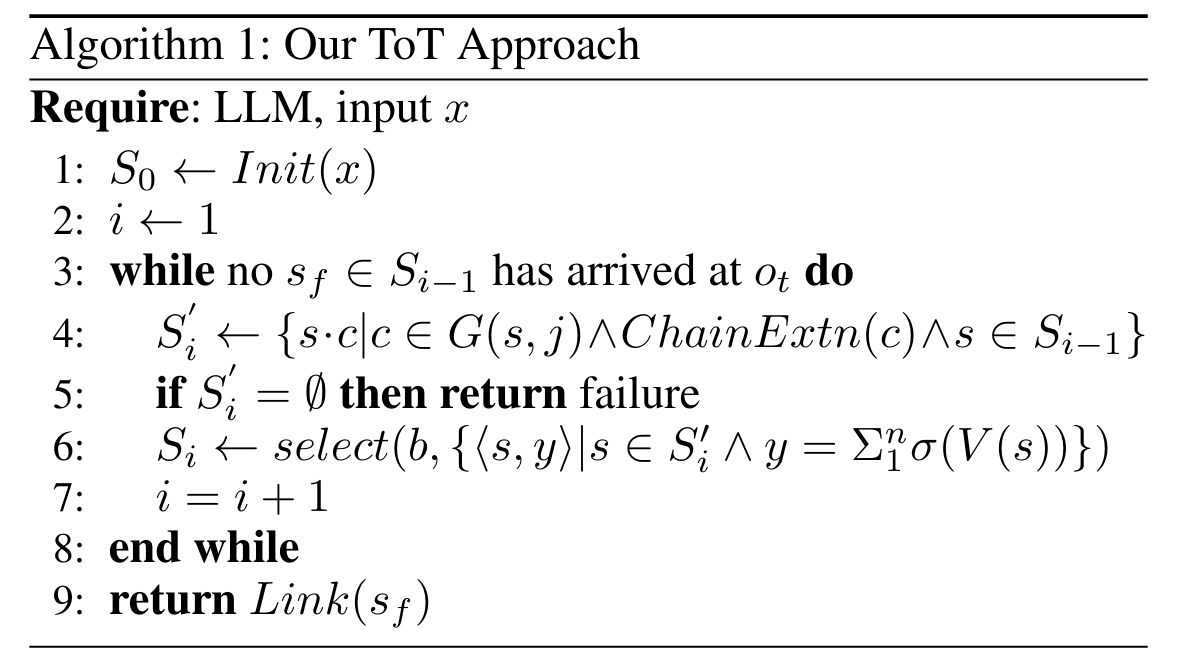
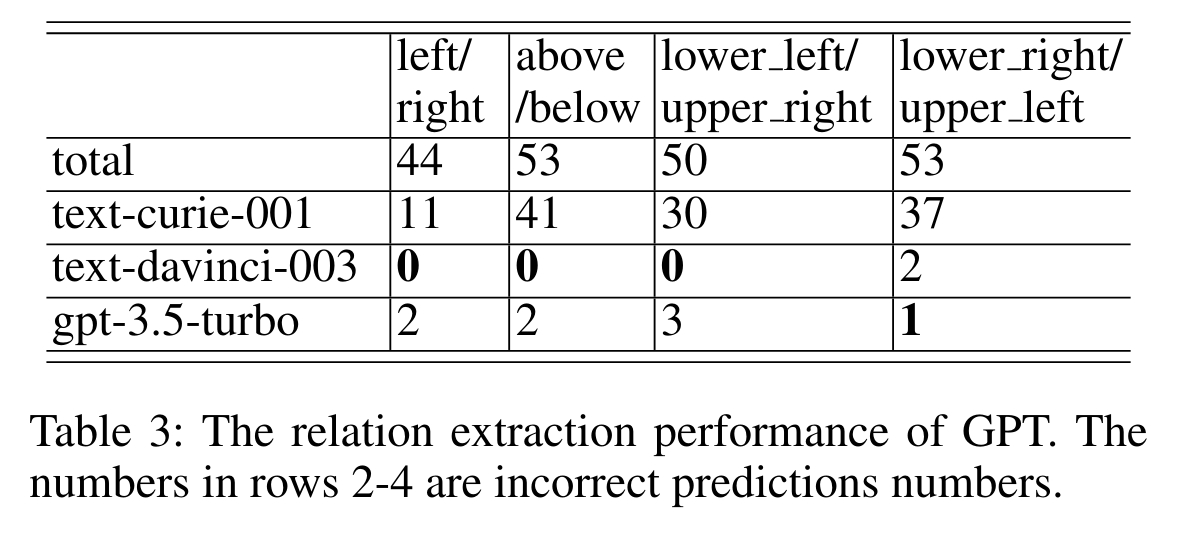
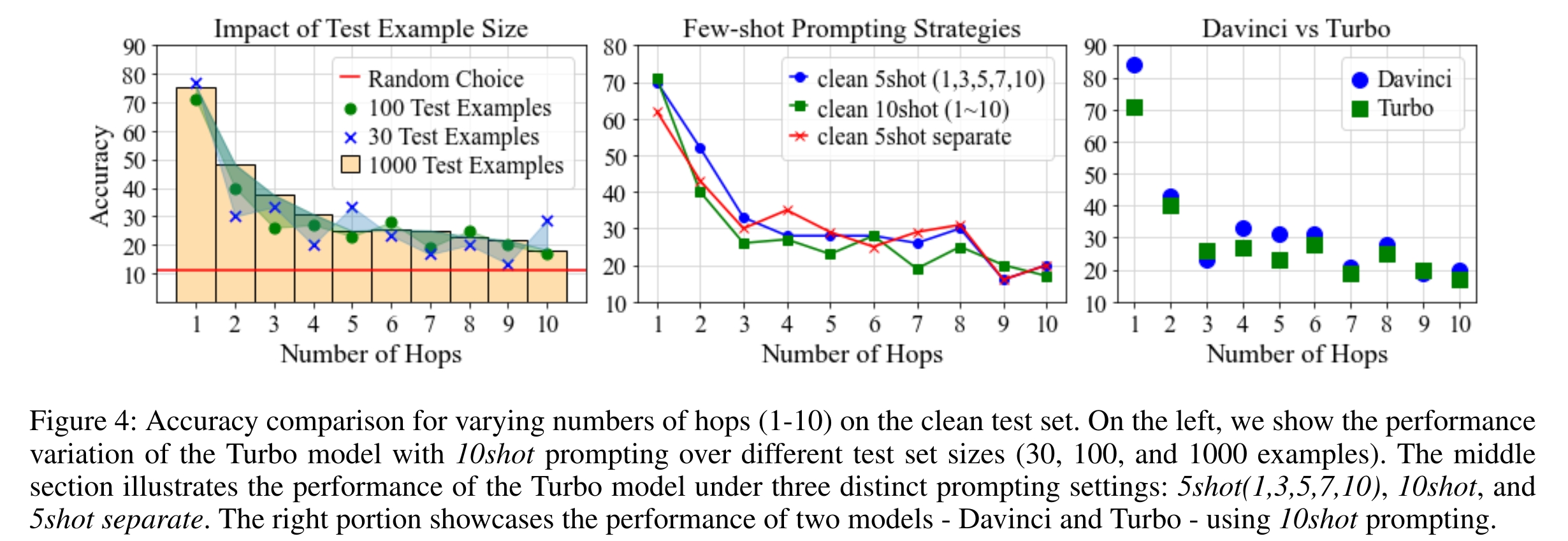
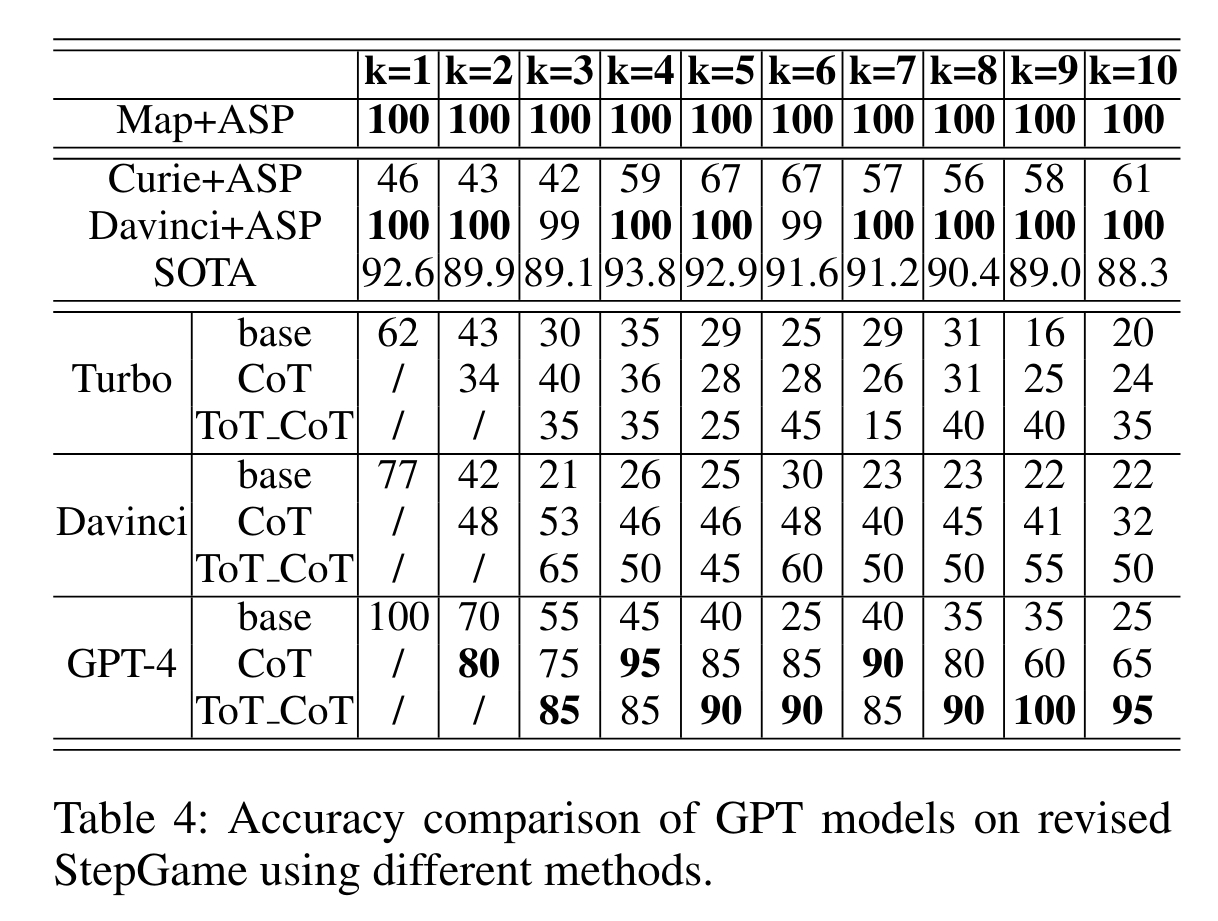
Recommended citation: Fangjun Li, et al. Advancing Spatial Reasoning in Large Language Models: An In-Depth Evaluation and Enhancement Using the StepGame Benchmark. In Proceedings of the AAAI Conference on Artificial Intelligence (Vol. 38, No. 17, pp. 18500-18507) https://ojs.aaai.org/index.php/AAAI/article/view/29811
